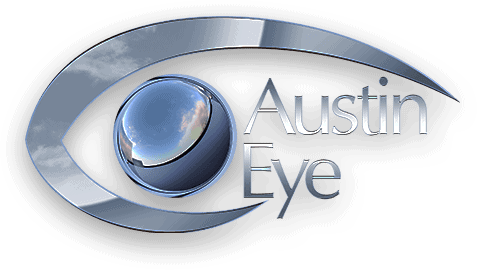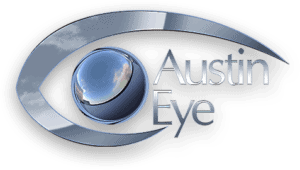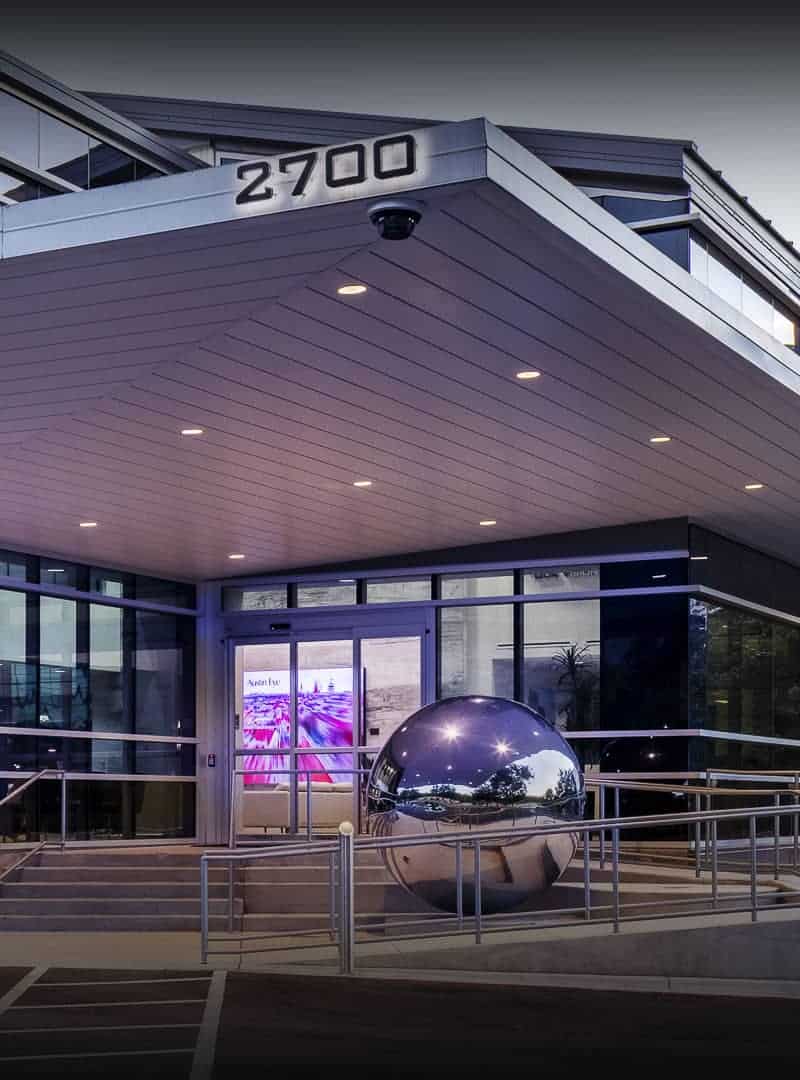 Starting around age 40, the majority of adults begin to experience blurry near vision, making it difficult to read books as well as computer and smartphone screens up close. Though reading glasses have long been available to manage the effects of presbyopia, a new and innovative treatment option is available to help patients restore clear vision. LASIK eye surgery center in Austin is pleased to offer the Raindrop Near Vision Inlay from Revision Optics. In this blog post, we answer frequently asked questions about this new treatment.
Starting around age 40, the majority of adults begin to experience blurry near vision, making it difficult to read books as well as computer and smartphone screens up close. Though reading glasses have long been available to manage the effects of presbyopia, a new and innovative treatment option is available to help patients restore clear vision. LASIK eye surgery center in Austin is pleased to offer the Raindrop Near Vision Inlay from Revision Optics. In this blog post, we answer frequently asked questions about this new treatment.
What is the Raindrop Inlay?
The Raindrop Inlay is a tiny, transparent disc, similar to a soft contact lens and about the size of a pinhead. The inlay works by reshaping the cornea, which is the transparent part of the eye responsible for focusing light onto the retina. When the inlay is placed onto the eye, it changes the curvature of the cornea, making it easier to focus light. This results in improved near vision. The Raindrop Inlay is only placed in one eye; in most cases, the non-dominant eye. The two eyes will then work together to focus on objects at all distances.
Am I a candidate?
If you are between the ages of 40 and 60, have difficulty seeing objects or text up close and want to reduce your dependency on reading glasses, you may be a suitable candidate for the Raindrop Inlay.
What should I expect from the placement procedure?
The procedure typically takes about 20 to 30 minutes to complete in our office. You should expect to feel little to no discomfort during the procedure as numbing eye drops are used. Once your eyes are numbed, we will create a tiny incision through which the inlay will be inserted. After the procedure is complete, you will need someone to drive you home where you should rest for the remainder of the day. Most patients are able to return to their normal routine the following day.
How effective is the Raindrop procedure?
Treatment with Raindrop is very effective. In a clinical study, 92 percent of patients achieved 20/40 vision or better at near distances two years after the procedure.
Are there side effects?
Side effects with the Raindrop are very rare and include infection, corneal scarring, inflammation and swelling. Our team will go over potential complications and side effects with you prior to your procedure.
Is the procedure irreversible?
Yes, the Raindrop implant can be removed at any moment. Although most patients return to having the vision they had before implantation, there is no guarantee that vision will be exactly the same prior to treatment.
How can I get more information?
The trusted eye experts at Austin Eye will gladly share more information on the Raindrop Inlay with you during a personal consultation. To schedule an appointment, please call our North office at (512) 250-2020 or our Central office at (512) 454-2020.







